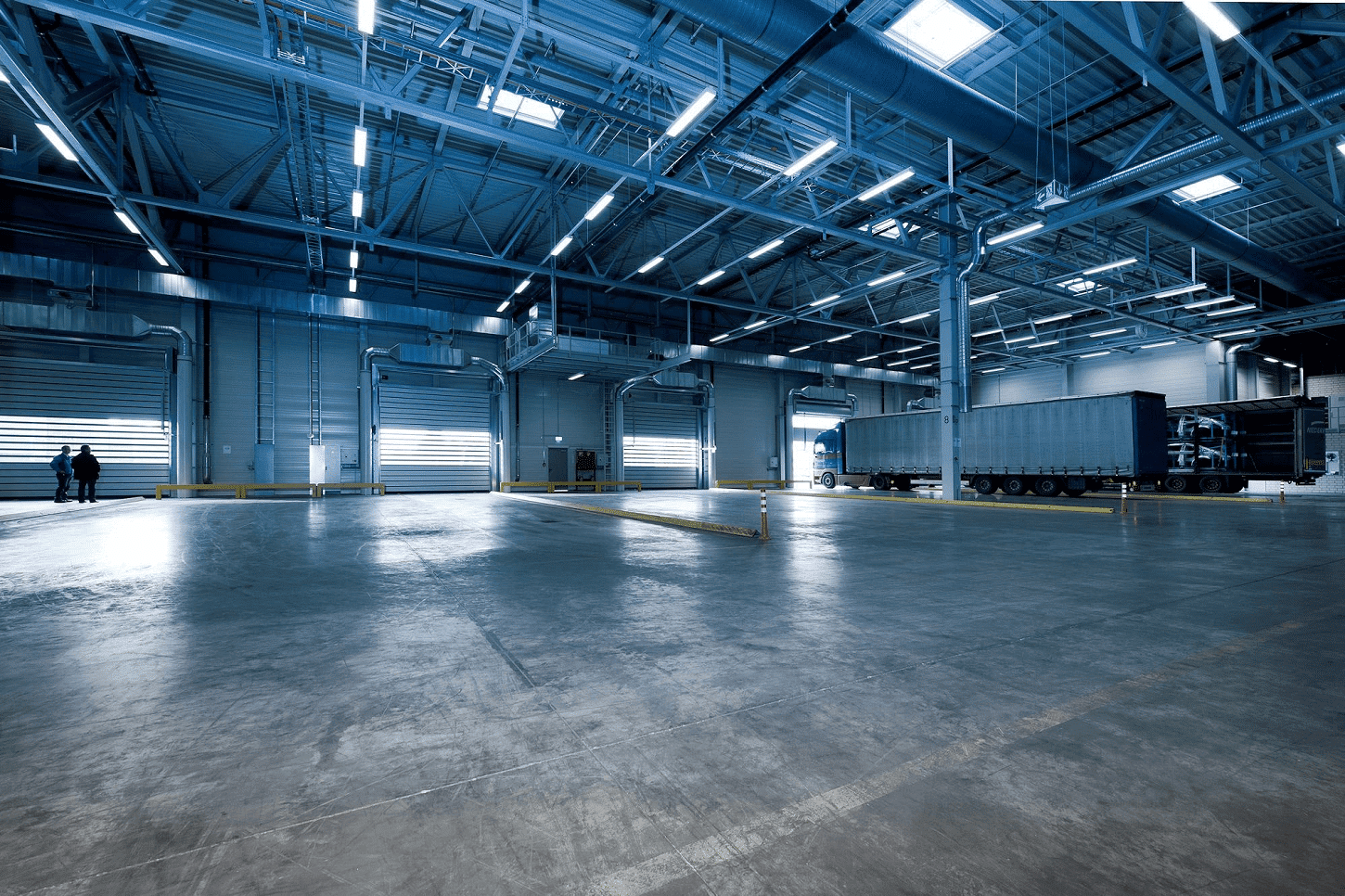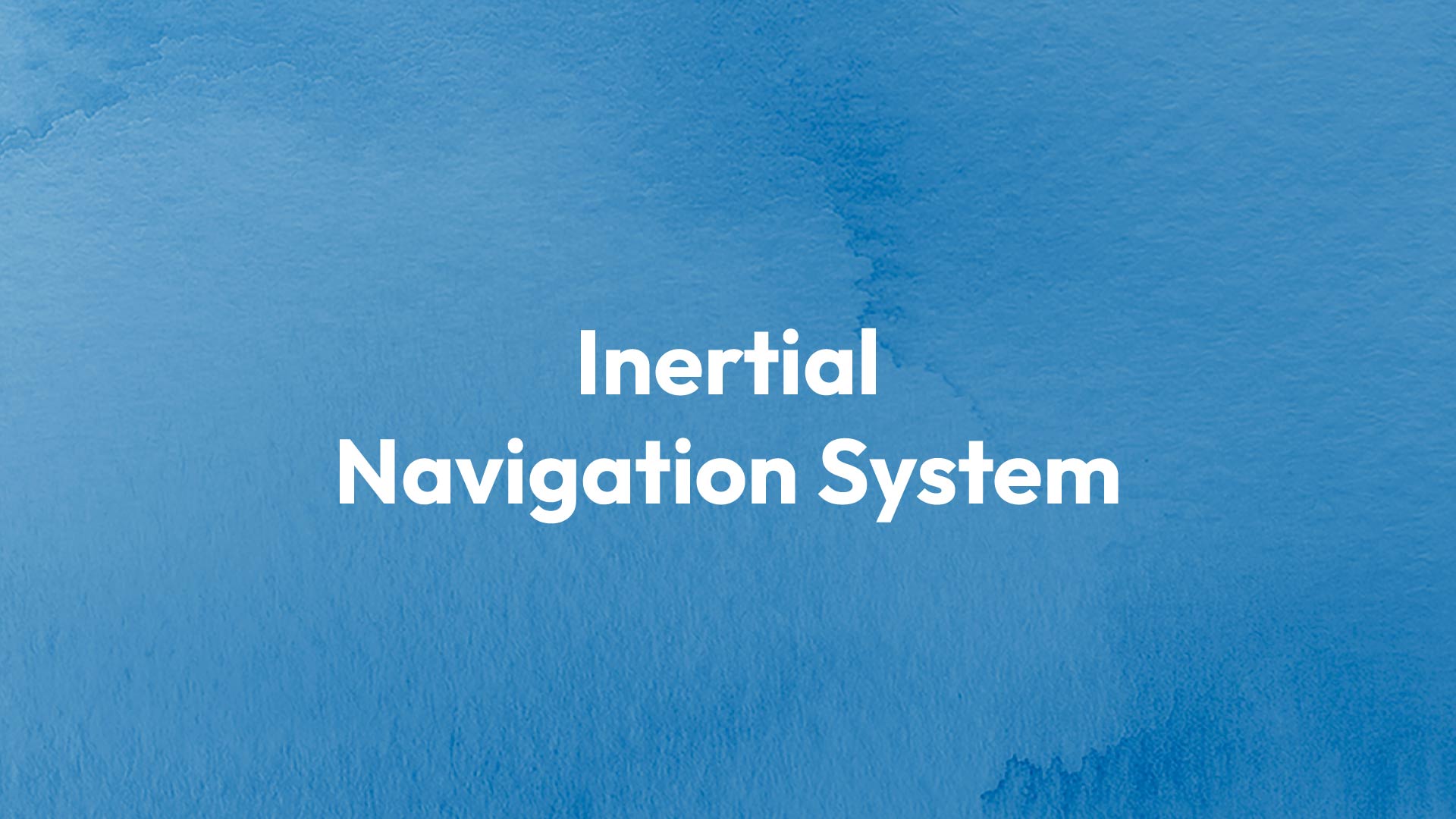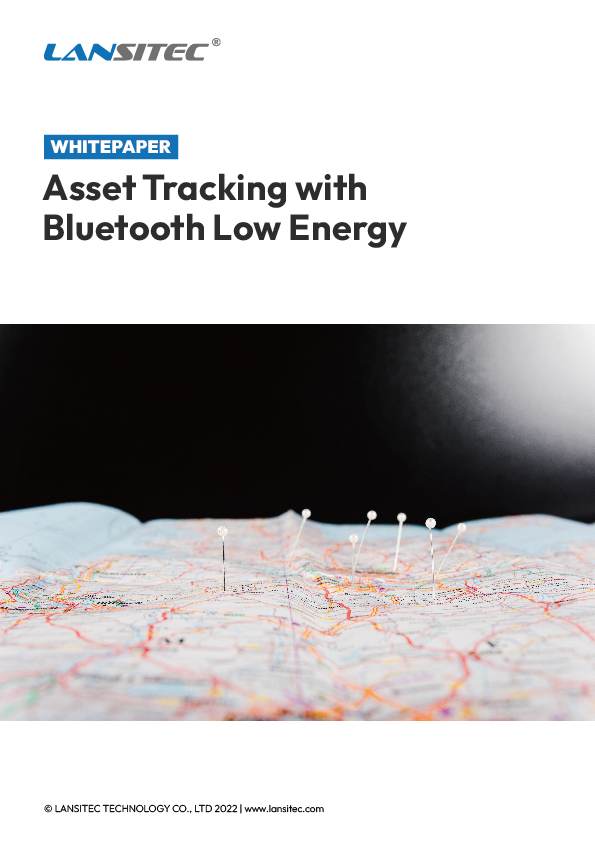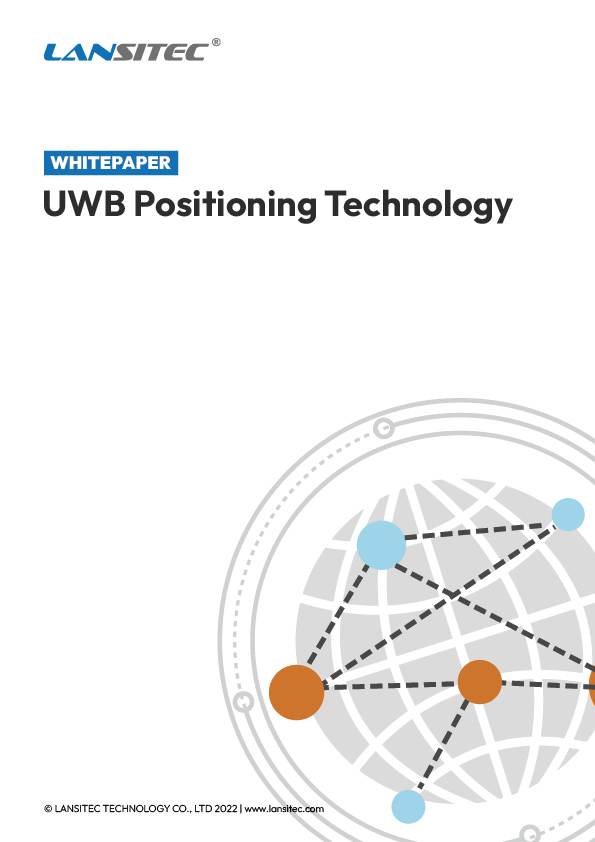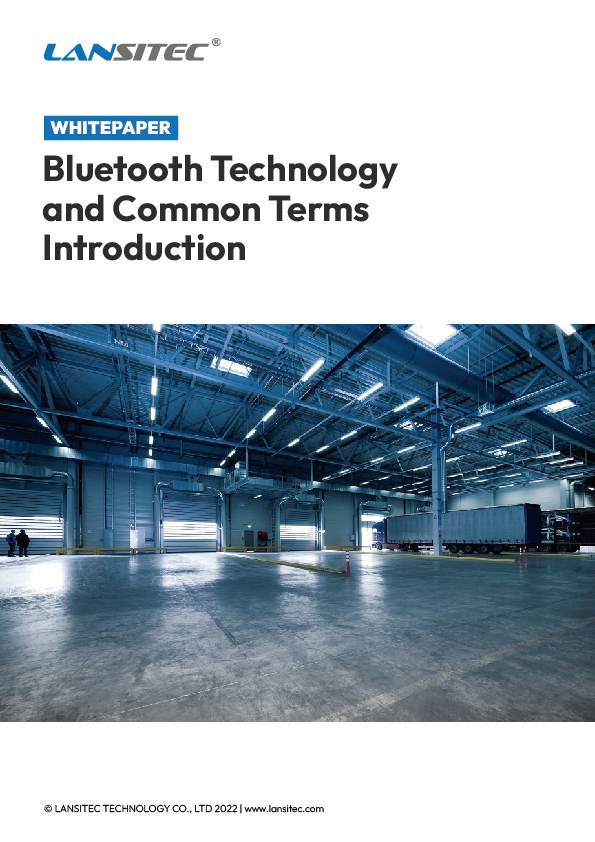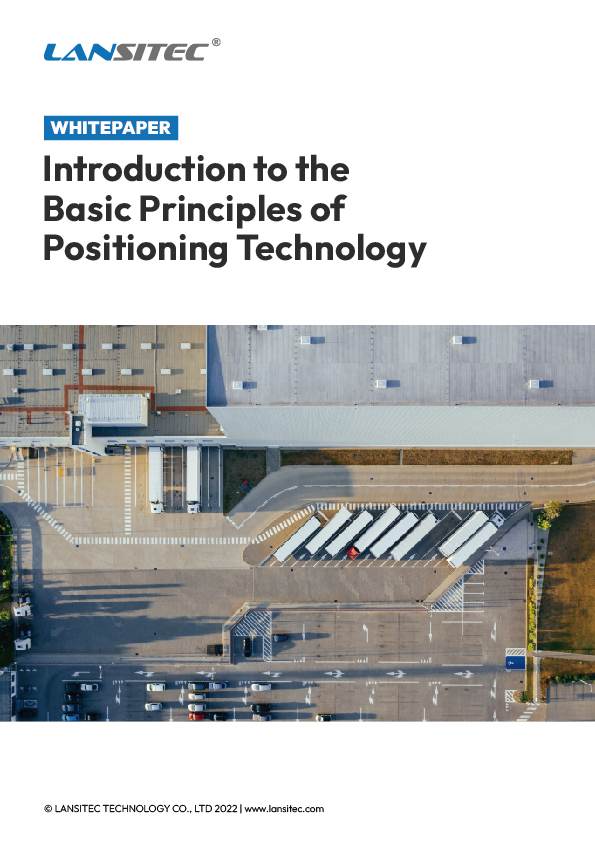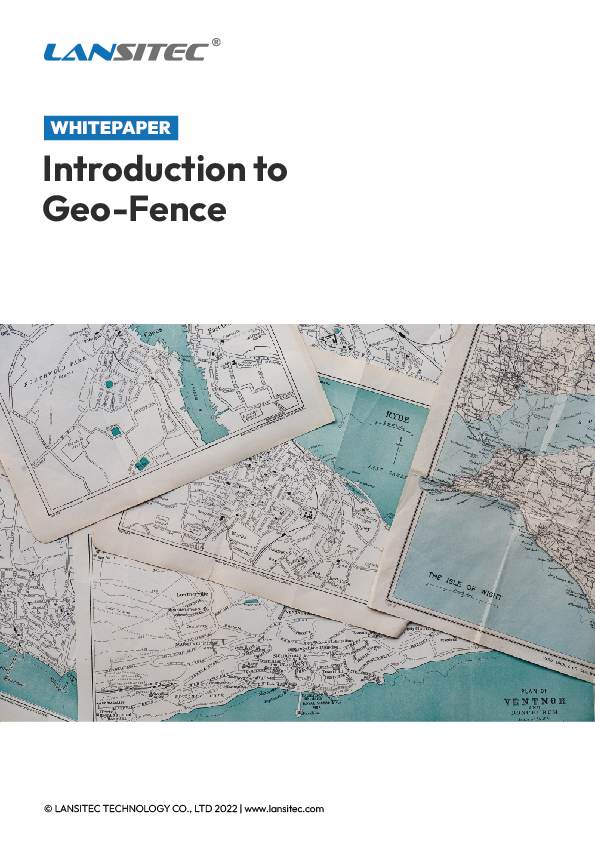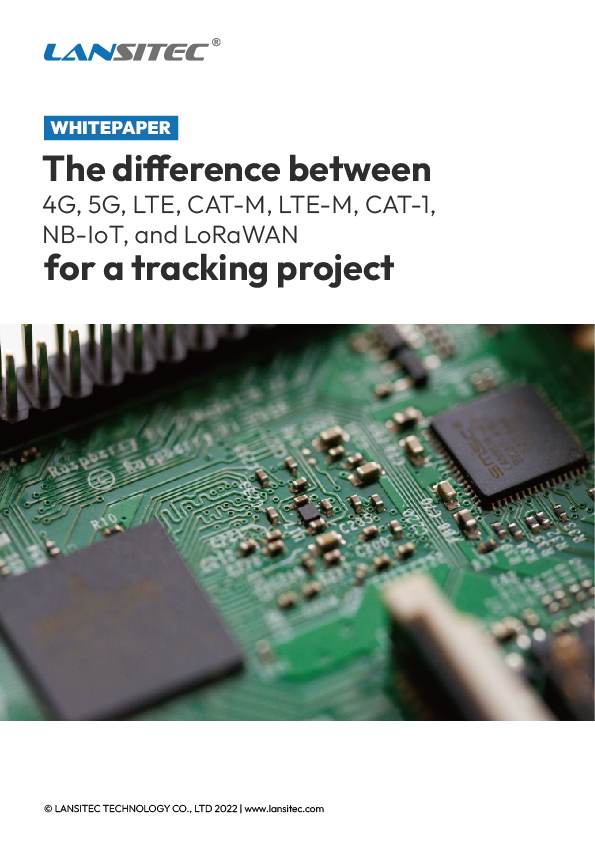INS (Inertial Navigation System), also called inertial reference system, is an autonomous navigation system that does not rely on external information, nor radiates energy to the outside (such as radio navigation).
Its working environment includes not only in the air, and on the ground, but also underwater. Inertial navigation is to measure the acceleration of the carrier in the inertial reference system, integrate it against time, and then transform it into the navigation coordinate system. Therefore, the information on speed, yaw angle, and position in the navigation coordinate system can be obtained.
Inertial Navigation System Advantages
- Autonomous system, good concealment, not affected by external interference
- Operable in all conditions & full-time
- Navigation info is generated continuously and has low noise
- High data refresh rate
- Good short-term accuracy
- High stability
Inertial Navigation System Disadvantages
- Poor long-term accuracy
- Long initial alignment time is required
- High cost, expensive equipment
- Time info unavailable
The inertial navigation system belongs to the dead-reckoning navigation mode. Departing from a known point, the position of the next point is calculated by continuously measuring the heading angle and velocity of the object. Then, the real-time position of the object can be measured continuously.
The gyroscope in the inertial navigation system is used to establish a navigation coordinate system, which makes the measurement axis of the accelerometer stable in the coordinate system, and gives the heading and attitude angle. The velocity can be obtained by integrating time once, and then the distance can be obtained by integrating the time again.
Explore the Whitepaper: Introduction to the Basic Principles of Positioning Technology
